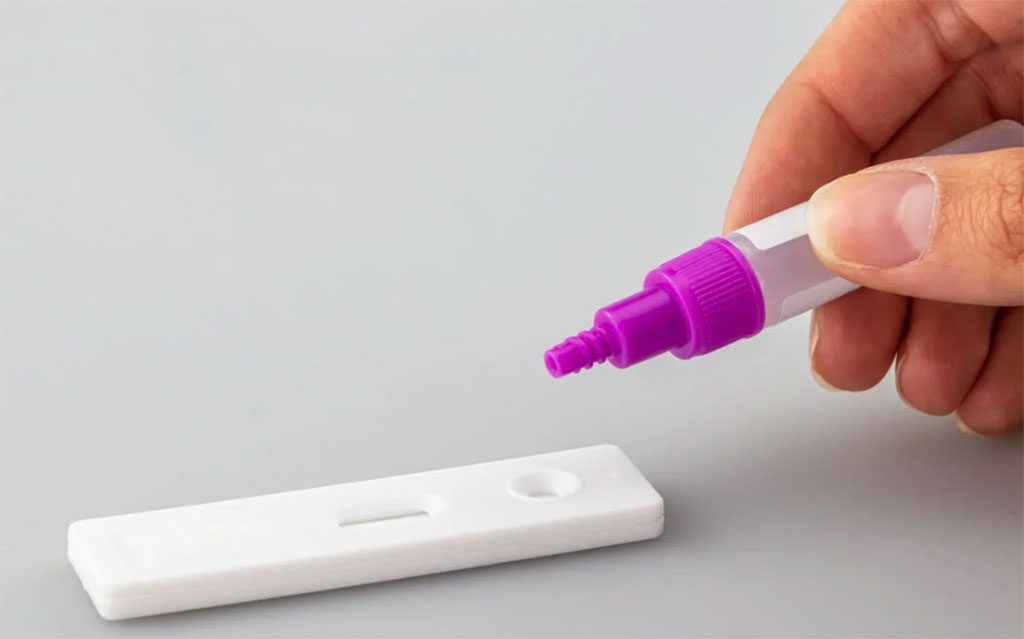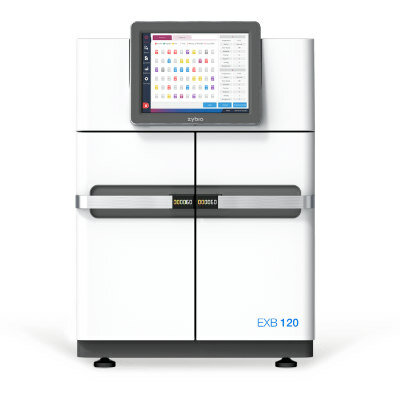Novel Method for Fast Detection of Key Antiviral to Speed Hepatitis Diagnosis
Posted on 10 Jun 2022
Interferons are proteins that constitute an important part of our natural defense systems. These proteins also exhibit a remarkable antiviral activity. The recombinant human interferon α2b (rhIFNα2b) has been used as an antiviral agent for the treatment of hepatitis B and hepatitis C since its US FDA approval in 1986. Despite its widespread applications, however, there remains an issue: the detection of rhIFNα2b is tedious and time-consuming. Researchers have now developed a novel method for the fast and efficient detection of rhIFNα2b that could pave the way for early diagnosis and treatment of hepatitis.
In a new study, researchers at the National Institutes for Food and Drug Control (Beijing, China) immobilized a novel “nanobody” on a paper strip. The nanobody used in this method was originally derived from an Alpaca - a species of the South American camelid mammal. Subsequently, it was generated in the research laboratory using recombinant DNA technology - a technique used to “subclone” DNA fragments in order to obtain high quantities of synthetic proteins. This is usually achieved using bacteria or other prokaryotic cells. A “nanobody” is a functional fragment of a larger antibody. As the immobilized novel nanobody binds rhIFNα2b tightly and with high specificity, it was used for a rapid and fool-proof detection of rhIFNα2b.

The research team characterized the binding for the I22-rhIFNα2b interaction, i.e. binding between nanobody 122 and rhIFNα2b, using an Octet platform. The obtained data clearly indicated a tight binding. The binding specificity was further validated using Western blotting, a technique used to detect proteins using protein-specific antibodies. Quite interestingly, the developed rhIFNa2b detection assay has a detection limit of 1 µg/mL, which is lower than the existing limits. This makes it a more sensitive lab-based technique for rapid identification of rhIFNα2b.
Another big advantage is the use of nanobodies for protein detection. This is because nanobodies can be obtained in an economical manner by harvesting inexpensive bacterial cells. Moreover, large volumes of nanobodies can be obtained with relative ease using routinely used laboratory techniques. Thus, the newly developed method could pave the way for smoother, faster, and accurate detection of recombinant or artificially generated proteins, making for early diagnosis and treatment of hepatitis.
“Owing to the advantages of nanobodies in reagent preservation, production, and cost, the lateral flow immunochromatography assay using nanobodies has a high potential to replace traditional antibody-based ligand-binding assays for a rapid identification test of recombinant protein therapeutics,” said Dr. Junzhi Wang from the National Institutes for Food and Drug Control. “The operation time of rhIFNα2b identification was shortened from two days to a few minutes with our test. It can, therefore, meet the needs for rapid detection of this family of recombinant protein products on the market and provide a good foundation for improving the efficiency of market counterfeit detection. In the future, rapid detection could be carried out in an all-round manner.”
Related Links:
National Institutes for Food and Drug Control













